How to spot the signs of a virtual kidnap scam
Malwarebytes
MAY 15, 2022
In 2013, we had pretend hitmen threatening murder unless victims paid $25,000 to survive their non-existent wrath. Things become even worse when social engineering combines with publicly available data to make it even more convincing. 2 factor authentication and password managers are good places to start.


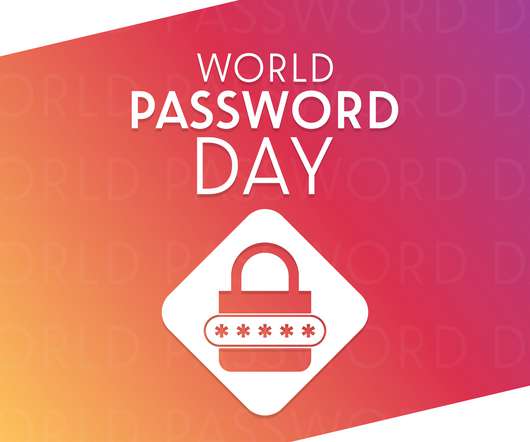
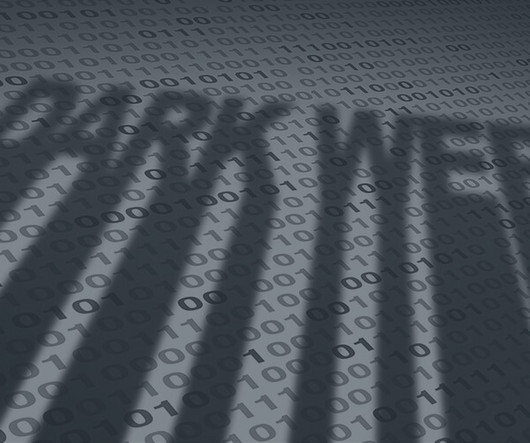

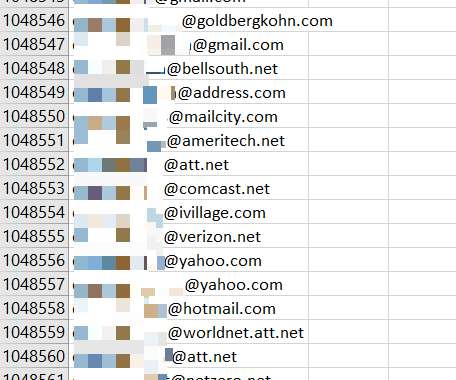
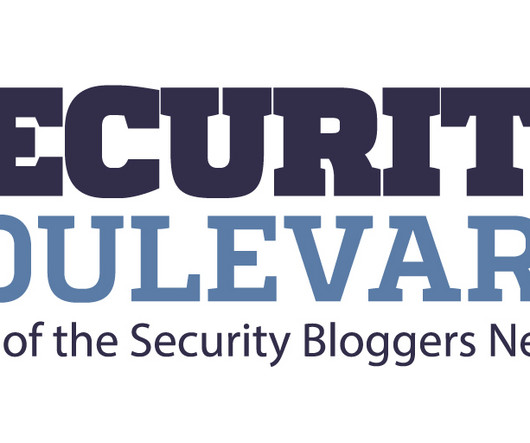


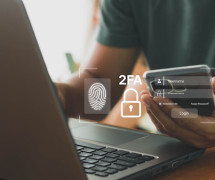


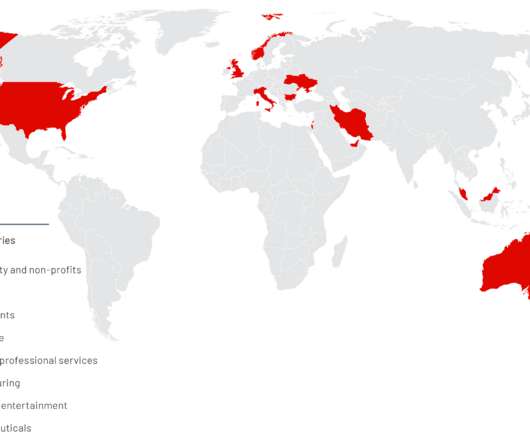








Let's personalize your content